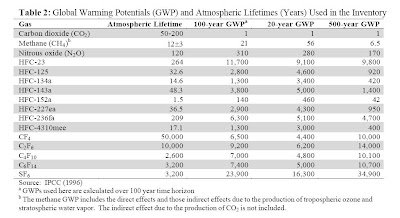Who doesn't like a beautiful weed-free lawn in their front yard? We believe an attractive lawn earns us the approval of our neighbors. Dave Barry, the syndicated columnist said, “The average American home owner would rather live next to a pervert, heroin addict or communist pornographer than someone with an un kempt lawn.”
But the question is what is it worth to have that ‘chemically treated’ lawn or how large a price will we continue to pay for our manicured green carpets?
As Americans, we spend $40 billion per year caring for our turf and lawns- that’s ten times more than is spent on school textbooks! But it smells so good when it’s cut, it’s so pleasant to look at, it’s fun to roll and run on, it’s alive, it’s green and natural. Botanically speaking, a lawn is far from natural. Turf grass is a monoculture, developed to suppress, and out-compete all other species that would normally germinate in its place. If you choose to plant and maintain turf grass, you are essentially eliminating diversity in your home garden.
Well, I will keep the biological diversity issue for some later discussion but let’s focus on the nutrients and fertilizers that we have been applying to our lawns.
Did you know that :
The hazardous lawn chemicals are drifting into our homes where they contaminate indoor air and surfaces, exposing children at levels ten times higher than pre-application levels.
Of 30 commonly used lawn pesticides, 19 are linked with cancer or carcinogencity, 13 are linked with birth defects, 21 with reproductive effects, 26 with liver or kidney damage, 15 with neurotoxicity, and 11 with disruption of the endocrine (hormonal) system.
Of those same 30 lawn pesticides, 17 are detected in groundwater, 23 have the ability to leach into drinking water sources, 24 are toxic to fish and other aquatic organisms vital to our ecosystem, 11 are toxic to bees, and 16 are toxic to birds. With numbers like this, the only logical question becomes: is this really necessary and what can we do to stop or prevent this kind of contamination?
Some 100 million pounds of pesticides are used by homeowners in homes and gardens each year, even more when commercial companies are added in. Suburban lawns and gardens are known to receive far heavier pesticide applications per acre than most other land areas in the
As far as I remember, storm water run-off from non-point sources (such as farms, residential lawns) contribute to anywhere from 60 to 80% of the nutrient loading in our streams. How? It is as simple as rain falling on the chemically treated and overly fertilized lawn and running down the roadside gutter to the nearest creek. Big rain events result in major nutrient and chemical ‘shock’ to the urban creeks and streams and result is really worrisome.
The world is rapidly changing and with it are perspectives on the use of toxic lawn chemicals and the hazards they pose to our children, families, neighbors, wildlife, and drinking water sources?
I am NOT advocating against having a lawn or a green yard. Rather, they are important from preventing soil erosion. What I am advocating is putting a simple thought behind the ‘routine’ practices. Educate our selves and be more responsible about our actions for preserving our environment and be responsible for sustainable future for us and coming generations.
Resources are out there to help you out.
Mulching, planting native plants and shrubs, customizing the fertilizers per your soil / garden’s needs rather than blindly applying fertilizers, going ‘organic’ route for weed control and fertilizing are just a few simple ways to have environmentally friendly lawns.
In most cases, doing ‘the right thing’ is economical is the long run and may be even short run. Just give it a careful thought!
Good resources for additional information are:
Organiclawncare101 and Organic Lawn Care FAQ
Links to the resources from which I received information for this post:
Below are some additional resources to go ‘organic’ and have sustainable and environmentally friendly yard!
http://www.ghlp.org/tips.html
http://www.richsoil.com/lawn-care.jsp
Additional Information on this subject can be found at:
http://www.mde.state.md.us/assets/document/AppendixE.pdfhttp://www.extension.umn.edu/distribution/horticulture/DG2923.html
http://www.westchestergov.com/HEALTH/JustSayLawnChemicals.htm
http://www.yougrowgirl.com/lawns_gardens_convert.php



